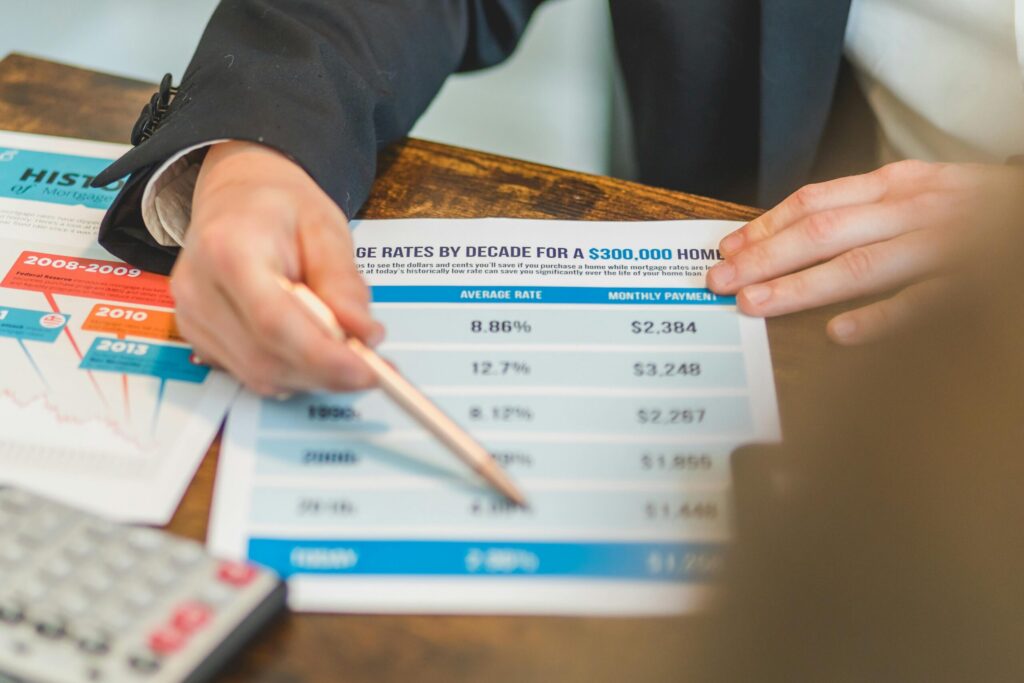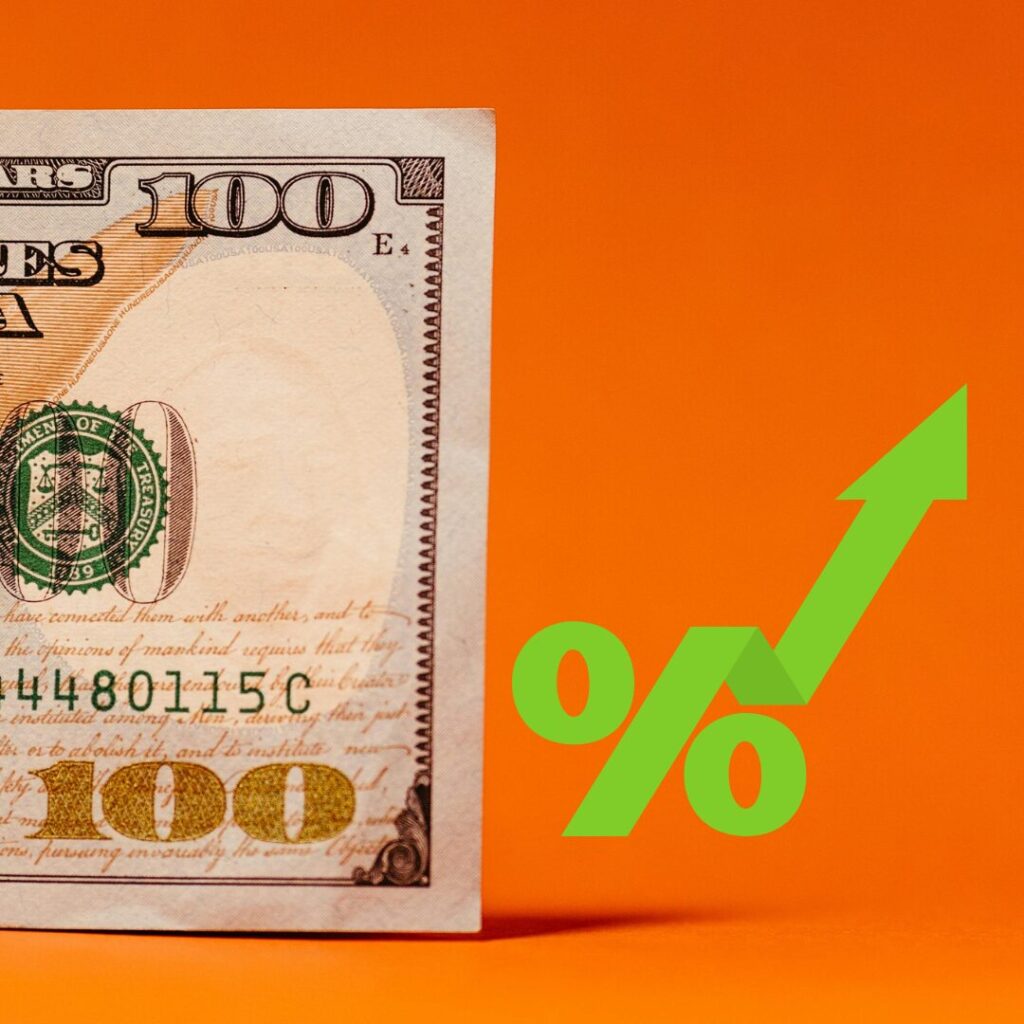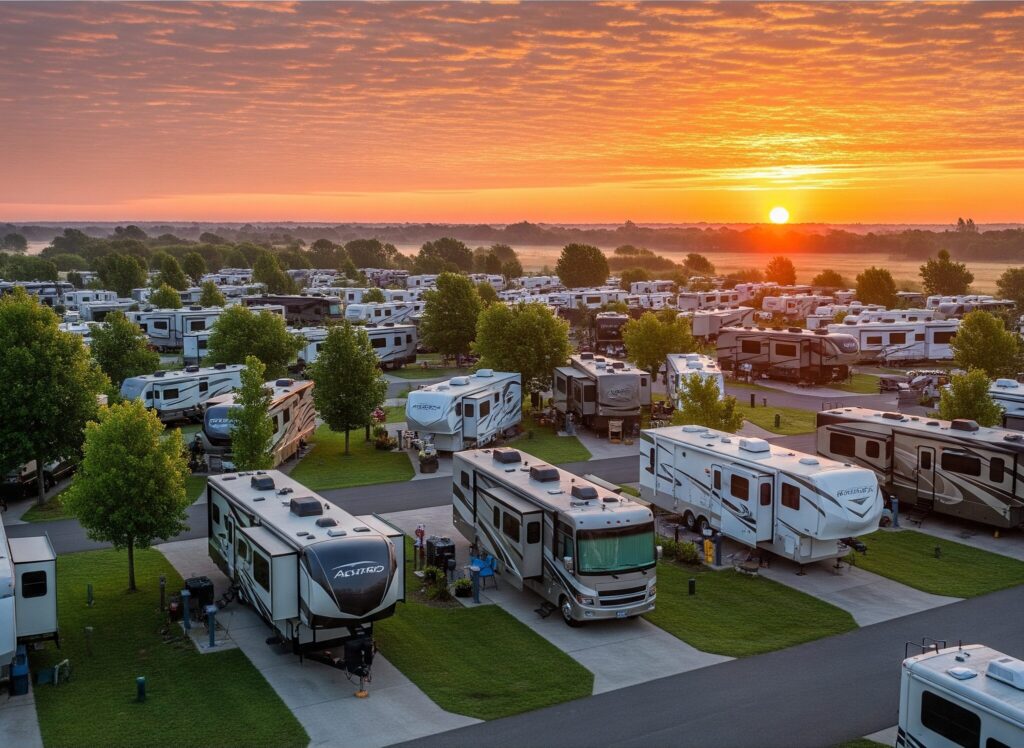

The Federal Reserve just held rates steady again—and if you’re a park owner, this decision (and the reasoning behind it) offers more than just financial headlines. It provides a useful lens into how to think about the second half of 2025, especially if you’re considering a sale, purchase, refinance, or expansion.
Let’s break down the takeaways—and what they mean for RV and mobile home park operators.
The Fed Isn’t Lowering Rates Anytime Soon
While Wall Street continues to hope for a rate cut in 2025, the Fed appears in no rush to lower interest rates. Why? Because inflation remains their biggest concern—even though current inflation numbers aren’t rising significantly yet.
The Fed is watching a handful of warning signs:
- Tariffs: Increases on consumer goods and raw materials like steel and aluminum are expected to push prices up, starting this summer.
- Oil Prices: Since early June, oil prices have jumped 20%. Fuel and transportation are major costs in the RV world—and they may climb further if geopolitical tensions escalate.
- Shipping Costs: Container shipping from Asia to the West Coast has spiked 167% since April. This will ripple into prices for everything from RVs to park supplies to building materials.

These forces take months to work their way into the economy, which is why the Fed is more focused on inflation four to six months from now than on what’s happening today.
Translation for park owners: If you’re hoping for lower borrowing costs in the near future—don’t hold your breath. Rates are likely to stay elevated through at least the end of the year.
Consumers Are Strong… For Now
RV and mobile home parks rely on consumer strength, whether it’s discretionary income for road trips or stable long-term income for residents.

So far, the data shows mixed but mostly positive signals:
- Job growth is still strong, supporting income stability.
- Inflation-adjusted retail sales are slightly up year-over-year, even as they dip month-over-month.
- Household debt-to-income ratios are improving, with debt loads more manageable today than they were a year ago.
- Savings are up, including in money market mutual funds.
The key variable now is consumer confidence—which is better than earlier in the year, but still historically low. If that confidence fades, discretionary spending and mobility (especially in transient RV parks) may soften in late 2025.
So What Does This Mean for Park Owners?
🏦 If You’re Considering a Refinance
The window for refinancing at lower rates has closed for now. If your park has a loan maturing soon, assume current rates are the baseline. Focus on improving your NOI to maintain value and secure favorable terms from lenders.
📉 If You Were Waiting for a Rate Cut Before Selling
You may be waiting a while. Cap rates are unlikely to compress until borrowing costs decline. If you want top dollar, you’ll need to attract buyers based on strong operational performance and long-term upside—not low interest rates.
🔍 If You’re Looking to Buy
Stability in rates means predictability in underwriting. With less market froth, you may find better pricing on underperforming parks or motivated sellers who were banking on a rate cut that didn’t come.
Just make sure you account for potentially higher operating costs in your pro formas—from utility inputs and insurance to shipping costs for materials.
Why the Investment Climate Still Looks Strong
Despite interest rate uncertainty, RV and MH park fundamentals remain favorable:
- Long-term demand for affordable housing and outdoor leisure is steady.
- Inventory is limited, especially for high-quality, well-located parks.
- Cap rate spreads between high- and low-quality assets provide room for value creation through repositioning or improved operations.

If you’re a long-term holder or strategic buyer, this is still a solid market—just one that requires careful underwriting and a focus on fundamentals.
Final Word: Be Prepared, Not Reactive
The Fed is walking a tightrope between inflation and economic durability. As a park owner, you should be doing the same.

Instead of betting on falling rates, build a strategy that performs well regardless of short-term market shifts.
That means:
- Maintaining clean books
- Optimizing your operational performance
- Understanding how macro factors impact your local market
- Staying alert to opportunities others may miss
If you want help understanding how interest rates and inflation risks affect the value of your park—or if now is the right time to buy, sell, or refinance—[reach out to us here] 🔽

Previous Post
Winning Online: How RV Park Owners Can Boost Visibility, Bookings, and Long-Term Value
Next Post
How the “One Big Beautiful Bill” Could Impact Park Owners and Investors
